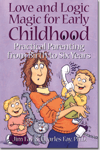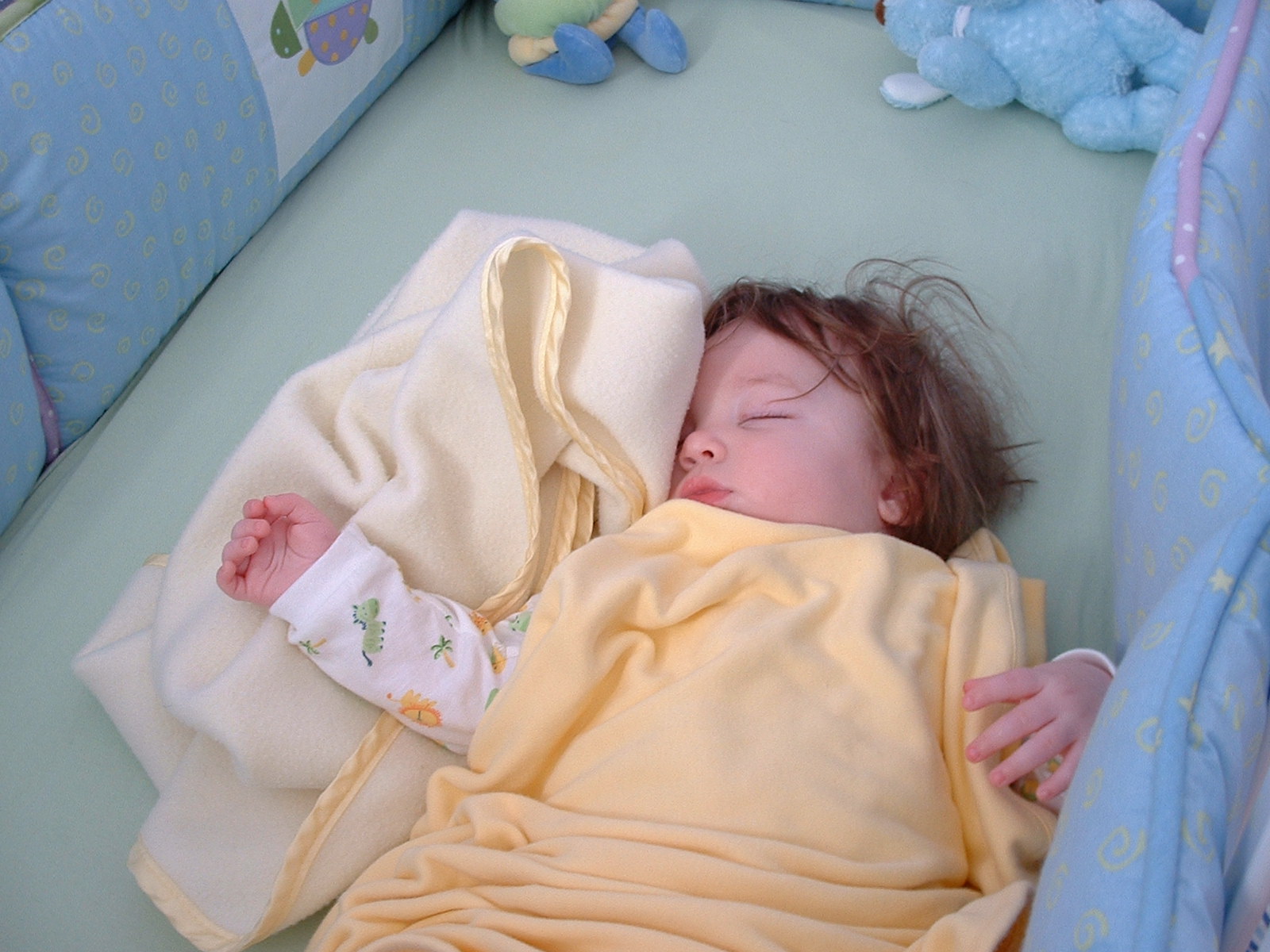Parenting With Love and Logic: Part 2

There is so much to learn from ‘Parenting With Love and Logic.’ I thought I’d share some of my biggest successes as I’ve been reading the books and taking the class.
Something I have been learning about is control. Love and Logic teaches that in order to have control, you must give control. One way of getting control is to offer as many choices as possible to the child. Children are happy to oblige and feel like they have a say in day to day living which can help prevent battles over the bigger stuff. I have been trying to be creative in offering choices….
For example:
- Do you want the green cup or the blue cup?
- Do you want to get your jammies on upstairs or downstairs?
- Do you want to brush your teeth first or get your jammies on first?
- Do you want to open the door or do you want me to?
- Do you want to take the dishes to the sink or sweep the floor?
- Do you want to wear your coat or carry it to the car?
- Will you be wearing your shoes to the car or will you be taking them in a bag?
 You get the idea. The key is to make sure that you offer two choices and that you are fine with either choice. The other thing to keep in mind is to make sure the second choice is not a threat (i.e. do you want to clean up the toys or do you want a spanking?)
You get the idea. The key is to make sure that you offer two choices and that you are fine with either choice. The other thing to keep in mind is to make sure the second choice is not a threat (i.e. do you want to clean up the toys or do you want a spanking?)
Have you ever noticed that when you tell your children to do something their first typical response is, “NO!”? Well, maybe your kids don’t do that….
I was getting tired of battling with the boys to get on coats and shoes and changing from jammies to daytime clothes before going out to the car. I noticed a BIG difference when I started asking the boys if they would be getting dressed upstairs or downstairs and wearing their coat or carrying it instead of demanding them to put it on lecturing them how if they didn’t get it on now they would freeze to death and complain about being cold. Please tell me you’ve done this too! Now, when I ask how they will be bringing their coat I stopped hearing, “NO! I don’t WANT to get on my coat!” and started hearing, “I’ll wear it (while they put it on!)” We have had some life lessons that have come with this too.
I wrote last week that my 4 year old has mastered the ability to convince me that he (insert whine) just can’t put his shoes on, can’t get his shoes on, coat on, hat on… Well, I have to get my own things on and help the baby get his outside gear on too so enough was enough. I told Isaac that I thought he was a very smart boy and that I knew he could figure out how to put on his socks, shoes, and coat. I would not respond to whining anymore. Now, I announce that I am going to get my coat and shoes on and that I will be leaving after I get the baby dressed. My 5 year old is on top of it now. He zips downstairs and gets everything on and is ready to go. If Isaac has been interrupted from playing he will sometimes go into whiny mode and complain so long about not wanting to leave that he will just sit and whine instead of put on his shoes and coat.
We have left the house with his shoes and/or coat in a bag or waiting inside (depending on where we are going). Lo and behold, he is quickly figuring out that when I say I am leaving he is coming with me fully dressed or not. I don’t have to lecture him because he is smart enough to figure out that I am leaving when I say I am leaving.
I have to say it feels GREAT to have that stress taken off of me. It is his CHOICE whether or not he puts on his socks, shoes, and coat in a timely manner. If he asks for help with his zipper I will gladly oblige as long as he hasn’t been whining about leaving. I don’t need to control that aspect of his life.
I know that some of you must be thinking some of the same things I did. What if other people think I am a terrible mother for letting her child leave the house without a coat or shoes for that matter? I decided that I would rather my child learn how to put on his own clothes and learn how to be age appropriately independent than care if some lady thought I was crazy.
Love and Logic teaches parents how to use “Enforceable Statements”. Instead of telling kids what to do all the time, you tell them what YOU are going to do. I have found this technique helpful during eating times. I was having a hard time getting the boys to sit down to eat and STAY at the table instead of getting up and grabbing toys or running off to play and then come back and eat. I started using this statement, “I’ll be serving lunch until 12:30 (or when the big hand gets to the 6). When the big hand gets to the 6 I’ll be putting lunch away. I hope you’ll join me.” (You can also use a timer for younger children) If they waste their time playing instead of eating then that is their choice. Lunch plates get taken away and the crying starts—“But I’m HUNGRY”! They get a big hug from me as I say, “Oh honey, that is sad you chose to play instead of eat. I’ll make sure we have a yummy dinner for you. Now run along and play.” I give lots of empathy and reinforce THEIR choice. I’ve only had to take away plates one or two times. Do you know that it isn’t even an issue anymore? When I tell them that lunch will be served for the next 20 minutes they come running to the table! They learned that one really fast.
I’ve been learning a lot about what I can and can’t control when it comes to my children. For example, I can’t MAKE my kids eat but I CAN decide when I’m going to serve food. I can’t MAKE my kids clean up their toys but I CAN let them know that I will keep the ones I clean up. I can’t MAKE my kid stop whining but I CAN become hard of hearing when I am being whined at. I’m still learning but sometimes I hear William Wallace yelling, “FREEDOM!” in the background. I don’t know about you, but I get stressed out when I feel like I need to MAKE my child do something but it is a losing battle.
Love and Logic encourages empathy, listening, love, encouragement, and believing that your kids are really smart. A lot smarter than we give them credit for. It teaches parents how to have good relationships with their kids. It is helping me to not yell, overreact, and withdraw from my kids. I want to enjoy my kids and enjoy being a parent. Not that I didn’t enjoy it before—but sometimes I feel so exasperated that I don’t know WHAT to do next. My 5 year old is starting Kindergarten next year and unless I homeschool him, he will be spending more time with peers than he will at home. I want him to enjoy being around me and I definitely want him to be prepared to make some good responsible choices for himself. I won’t always be around to tell him what to do or hover for him and rescue him.
So, if you read the books or take the class come back and tell us how it is going! Or, if you have any questions about it ask me. What do you think about my success stories? What do you think about what you’ve been reading in the books?
**Please read the book before trying this at home. I had to leave out several other key things (due to space) that make Love and Logic work. I want it to work for you too!
Share the fun: Email + Del.icio.us + Digg + Technorati










